Is there any rule that says you shouldn’t invest money in paid channel advertising as opposed to a content marketing ROI strategy? I don’t think so.
Whether you’re a B2B marketer or a B2C marketer, you can still generate leads using content marketing strategy or paid advertising, or both. Both channels can be effective.
Many B2B marketers today rely on content marketing and advertising to gain visibility for their brand and for lead generation.
For the best lead generation, content marketing ROI, and to increase your revenue, you need to create more useful and relevant content.
But, it’s important to understand how each of these content marketing strategies works and what content marketing ROI you can expect. Of course, I can’t give you exact figures because different small businesses will achieve different results.
In the early days of content strategy, thin content was enough to engage prospects, because there wasn’t much good content at the time and there weren’t many social media channels to worry about. But today, the competition is fierce and Google raised the standard with its Panda updates.
Consequently, digital marketing agencies, marketing teams and those in the business of blog content began to create more in-depth articles and infographics than other types of content. They realize that this brings them the best content marketing ROI.
In this article, you’ll learn how paid advertising and a good content marketing strategy can help you generate better leads.
Better yet, if you want to focus on one channel, you’ll be able to make the right decision about your content strategy- whether to promote your content for free or place PPC ads.
1. Distributing Content Through Content Marketing vs. Paid Channels
Put simply, distributing great content is the most effective way to get the right people to read it. Adam Robinson was right: Content may be king, but distribution rules the land.
According to Forbes, a content marketing team that understands dynamic distribution will be in high demand. You need to become a content marketing strategy leader, not just a follower.
Leaders build networks and connect with social media channel influencers who’ll help distribute their content. And, they see dramatic results.
For example, one study found that the year-over-year increase in unique visitor count is 7.8x higher for content marketing leaders than for followers (19.7% vs. 2.5%).
Before you can distribute content through any social network channel, whether through free or paid channels, the content needs to be optimized for the right audience.
The keywords that you’re targeting must be prominent in the content, especially blog content – not in a way that raises Google’s red flag, but in a natural way that proves your content is relevant.
A great content marketing strategy primarily involves creating high-quality content and giving it away in order to connect with and nurture a loyal audience that will trust you and buy your product. This is the dream of every marketing team out there!
You may have invested money in every aspect to create content (research, data mining, split tests, graphics, and writing), but now you want to promote it using free methods to get closer to your lead generation goals.
For example, I’ve invested over $30,000 in the creation of my advanced guides, but I give it all away. At first, a lot of B2B marketers thought I was missing out on the short-term rewards, which I totally understood. But, my focus is on long-term profit via quality lead generation, content marketing ROI, and strong email marketing campaigns.
I’ve made 10x what I invested to create those high-quality guides, so far. But, promoting them wasn’t always easy, because I focused on free social media channels.
My marketing team and I spend a lot of time on social media, and I write 1 – 3 guest blog content posts a week, which enables me to reference any of the relevant guides and drive additional traffic to my blog.
Let’s say that you spend 2 hours every day distributing your content across social media networks (Facebook, LinkedIn, Google+, Pinterest, Twitter, etc.), and another 2 hours pitching bloggers for guest post opportunities.
And let’s say further that you drive 1000 targeted readers from the social media channels after a week, meaning you invested 2 hours X 7 days = 14 hours.
The hours invested will be equivalent to $1120, based on $80/hour.
In addition to social networks, the free methods for distributing great content are:
In-house blogging: Some content marketing success stories come from marketers who have grown their blog readership to thousands, if not millions, over the years.
So, when they publish new blog content, thousands of readers who frequent the blog will read it. Remember that blogging consistently will help you generate 88% and 67% more leads respectively, for B2B marketers and B2C companies and will give you back that content marketing ROI.
Guest blogging: This is a powerful content marketing strategy for distributing your content because it helps you reach entirely new audiences who’ll be interested in what you do. Guest blog content is an awesome method for lead generation and can drive traffic to your web site, along with upping your numbers across your social media channels.
Earned media: This refers to free publicity earned through the promotion of content and excludes traditional advertising.
This means that being helpful and consistent can expose your latest content to new audiences and improve lead generation. Paid media get free publicity from blog content mentions, social network sharing, and influencer relationships.
Email list: My number #1 free distribution method is my email marketing list.
Blog commenting: You can also promote your own blog content by writing helpful comments on industry blogs. I also engage with my readers by replying to their comments in a timely manner. It can be time-consuming but it does work for your content marketing strategy.
In 2014, I generated $25,000 with 249 comments, proving that leaving helpful comments will not only generate traffic for you but can also get you leads, which you can turn into customers. If you have a small business you may find it more difficult to fit this into your schedule, but those with marketing teams should work it into their content marketing ROI budget.
Community participation: Community users are the highest engaged set of web users. You’ll have access to thousands of active users and your content will receive the maximum attention it deserves.
Active participation on discussion boards, blog communities, social media channels, Facebook groups, LinkedIn groups, and specialized forums will get you more exposure. But, you’ve got to contribute, help others and be willing to work extra hard.
As long as you embrace a data-driven approach, show results and share how you got them, online community participation will work for you.
So, with a solid content marketing strategy, you’ve got a lot of channels you can use to distribute your content, generated targeted leads and improve your organic rankings.
Does all of this mean that paid advertising is not a viable avenue for content distribution?
On the contrary, this kind of paid media is a perfectly valid option, especially if you find you’re regularly spending 10 – 14 hours each week to distribute/promote your content using free methods. Investing in paid methods could well be a better approach for your content marketing ROI.
Paid advertising is not a waste of money. It’s an investment that you and your marketing team can benefit from pretty quickly, assuming you deploy effective campaigns.
Some of the most effective paid advertising methods that you can use to promote your content are:
Promoted tweets: Paid or promoted tweets is the way to go if you want to reach more followers on the social media channel – Twitter.
Promoted tweets do, of course, cost money. But, if you use a reliable service, you can see a significant increase in both traffic and lead generation.
There’s proof that paid tweets work. AirBnB needed to promote a new program of monthly sublets for customers seeking longer-term housing solutions. But, the company couldn’t find an effective way to reach the right people.
Finally, the company chose to invest some of their marketing budget in paid tweets. They created an offer of $200 off monthly sublets to build strong interest.
The results from the AirBnB paid tweets experiment were significant.
AirBnB increased engagement by over 4% for a single promoted tweet. Followers were interested in the promoted tweet when they saw it in their timelines and then kept promoting it – even after the campaign period was over – thereby sending more targeted customers to AirBnB.
Facebook Ads: I’ve noticed that when I use Facebook ad campaigns to send targeted traffic to a high-quality content page on my site, the engagement level is usually high.
Most people use Facebook ads only to get lead generation for their landing page. There’s nothing wrong with that, but the potential of a Facebook pay per click (PPC) campaign to increase conversion rate is significant across the board. it is definitely worth considering as part of your content marketing strategy.
What makes Facebook ads so effective is, in part, the targeting options. For example, Lewis, founder of Cloud Income, earned $400 in one week by targeting people who had an upcoming 39th birthday:
Ad Networks: You can also place targeted ads to distribute your content on ad networks. You can reach a targeted audience, bring them back to your web site and turn them into email subscribers.
There are lots of ad networks that you can leverage to distribute your content. However, most people rely on BuySellAds.
You can do a direct media buy from this site. Just find the site that you want to place a banner or text ad on and pay for the slot. Your ads will be up and running in no time.
You can also use Google AdWords (search and display networks), sponsored posts, native advertising, paid guest posting for blog content, and others as paid advertising channels for content distribution.
2. Identifying Marketing Objectives and Common Challenges
No matter who you are, goals give your life direction. Without goals or objectives, life gets dictated by the whims of random circumstances. That’s no way to live and it’s no way to do business, in my view.
Whether you are a B2B marketer or a B2C company, big or small, team or solo, marketing objectives help your business grow and succeed. And, the strategies you ultimately choose should be based on what your objectives and goals are.
In his book, Next-Level Content Marketing: Advanced Tactics for Today’s Content Marketers, author Ted Box said that creating content is not enough. Rather, you need advanced strategies rooted in your objectives so that you can engage and persuade today’s social readers.
So what are the objectives behind a strong content marketing strategy and paid advertising?
You may argue that both free and paid marketing channels allow you to grow your business. That’s true, but “growing my business” is not a specific and measurable goal.
On the other hand, when your objective is definite – e.g., to get 2,000 lead generation emails in 45 days – then you’re more likely to achieve that goal.
So, in order to choose your distribution channel – i.e., paid versus free – you need to understand the objectives behind each. That, in turn, shows you the unique challenges of each channel and helps you or your marketing team craft solid strategies to deal with those challenges.
According to Wikipedia, “advertising is a form of marketing communication used to promote or sell something, usually a business’s product or service.”
In other words, paid advertising has one primary objective: to promote or sell something.
Does content marketing likewise have just one primary purpose? And, if so, is that purpose “to promote or sell”?
Here’s how Content Marketing Institute defines “content marketing”:
Content marketing is a strategic marketing approach focused on creating and distributing valuable, relevant, and consistent content to attract and retain a clearly-defined audience — and, ultimately, to drive profitable customer action.
So content marketing is actually a tool or practice that enables you to connect the right audience with your valuable and relevant content.
It’s not enough to attract that audience – you also have to retain them with high-value content. When you do that, you’ll be able to drive profitable customer action (e.g., email sign ups, purchases, word of mouth referrals, etc.).
Content marketing can help you accomplish several goals:
Brand awareness: Content marketing helps you create awareness that your brand exists and projects your core values and culture to potential customers. You can do this via social media channels or through blog content.
To build brand awareness, you need an organic model that’s authentic – and it’s through content marketing and inbound marketing that you can naturally connect with people on their own terms.
Lead conversion: Businesses are successful with lead generation when they focus on creating and distributing their content through free channels. It’s hard to get a potential customer to give you their personal information without offering something of value in exchange.
When people sign up for a demo, register for an event, or gain access to your resource page, you’ve established a connection built on trust.
Lead nurturing: Preparing your lead generation customers to buy your product is critical to your success.
A recent study by Gleanster Research revealed that 75% of acquired leads aren’t prepared to purchase. Only 25% are ready to advance to the sales process. You have to help the ones who aren’t ready with lead nurturing.
A good content marketing strategy, like all permission-based marketing, helps you nurture your leads. Seth Godin said that permission-based marketing is marketing without interruptions. And, it seems to always deliver the best results, compared to other forms of marketing.
That’s because once you have the prospect’s permission, it’s a lot easier to communicate with them on a deeper level rather than them feeling hassled by a marketing team. After all, they requested the information that you’ll be sending to them.
Create the right content to navigate them through the customer buying cycle. This is a crucial yet delicate stage when distributing content because you need to determine in advance which content will be suitable for each stage of the cycle.
Customer service: How well are you using content to create a great customer experience? It’s really hard to attend to your customers from paid advertising, so it’s better suited to being a content marketing objective.
Your long-term business goals can be achieved through a good content marketing strategy, while paid advertising can help you reach buyers faster.
3. Testing Different Paid Channels to See What Converts Better
Paid channel advertising is a billion-dollar industry. Before you buy a slice of that pie, test your ad campaigns across different channels.
There are no shortcuts when it comes to testing. Results are relative and different industries have different results across different paid advertising channels.
It’s the same thing with evaluating the ROI on content marketing – you’ve got to use analytics to get accurate results.
First and foremost, B2B and B2C companies measure campaign success in slightly different ways. B2C companies often focus on the quick sale, whereas B2B companies are more concerned about collecting user insights and lead generations that’ll help them make smarter decisions and improve conversions.
B2C marketers are obsessed with conversions. They want to see how many people clicked their Facebook ads and how many opted onto their email marketing lists.
If you’re looking to improve your paid ad search campaigns, then learn how to optimize your CTR and lower CPA (cost per acquisition).
4. Designing High-Converting Landing Pages
Every click from paid advertising or a content marketing campaign has to land somewhere. It’s the destination that determines whether or not that click will convert.
That destination is the landing page.
Most marketing teams cringe when they hear the word “landing page,” either because the ones they’ve built didn’t convert or because they don’t know how to get started.
But, the fact remains: Landing pages are crucial and you have to get them right for your content marketing strategy. Whether you’re a B2B or B2C company, don’t take shortcuts – pay attention to your landing page’s design and copy.
When designing a landing page for traffic from your content marketing efforts, focus on creating engagement. Here’s a quick overview of what a landing page does for your overall content marketing success:
If your landing page contains only the headline, the subtitle, a few bullet points, and a call-to-action, it may not convert as much as a landing page that shows visitors how to do a particular thing.
I use my blog content like landing pages. In the middle of my blog posts, readers see an opt-in box that offers them value. This converts better for me, compared to a separate landing page that uses marketing hype.
Landing page design and practices change frequently. Your target audience has become more intelligent, so a mediocre landing page will no longer work and convert the way it perhaps did in the past.
The new trend right now is to use an “article lander.”
According to Adbeat, an “article lander” is a presell page that looks like a news article, press release, blog content or scientific research study. They can be spread over multiple pages or on a single page like this one:
As you can see, the advertiser – “Force Factor” – makes use of this article lander to presell their testosterone booster “Test 180x.”
One important thing to note is that this article lander doesn’t scream “advertisement.” And, that’s exactly what you have to avoid when creating landing pages. Lead generation is a delicate thing when it comes to digital marketing which is why marketing teams need to be very careful.
If it’s obvious that your sole interest is grabbing a visitor’s email address or money, you’ve lost them right off the bat. Avoid landers like this:
Provide immense value. No matter what channel your traffic will come from, make sure that you’re offering value first, before asking for anything.
In the article lander above, there is no opt-in box on the page. People are used to that. Instead of scaring them away with your page, you want to draw them in by giving them exactly what they want.
Many people rely on a template for the anatomy of a landing page and miss out on the value. The opt-in form shouldn’t be the first thing, and definitely not the last element. The primary element should always be content because this is what makes it a content marketing strategy.
Whether you’re going to be using content marketing or paid advertising to drive traffic to your landing page, the fundamental building blocks are the same. Here are some of the actionable steps that will increase your conversions:
Optimize for the right keywords: Before and after designing your land page, ensure that it’s optimized for the right keywords.
You may be designing the landing page for paid advertising purposes, but don’t think of PPC and SEO as entirely separate aspects of your page. Treat one as you would the other.
Ideally, you want to see your PPC campaign driving the initial lead generation and sales, while you’re getting ready for more targeted organic leads. One study found SEO to have a lower CPC and a lower cost per lead, compared to PPC.
While you don’t want to stuff your content with keywords, you certainly want to include the same words that potential customers are using to find you in search results.
Optimizing for keywords can also lead to a higher conversion rate. If a customer lands on a web site or page and finds the same keywords he or she searched for a few seconds ago, they’ll be primed to pay more attention to what you have to say.
Message match: When you’re using paid advertising – e.g., Google AdWords, or Facebook PPC ads – your landing page message must match your ad copy.
To see an example, let’s search Google for “virtual private server:”
The ad copy headline reads:
Virtual Private Server
So we’re expecting the landing page to have that same phrase in the title.
Now let’s see if the ad copy matches the landing page. Here’s the landing page below:
Here’s an example of a good message match between the ad copy and landing page.
You see immediately that the headline, call-to-action, subtitle, and header are the same. That’s exactly what marketing teams should aim for in their copy.
Have a compelling USP (unique selling proposition): This defines your company’s position in the marketplace. You need a USP to differentiate your landing page – and your brand – from all the competition you’re facing. You’ve got to stand out.
Here’s a great example of a USP in action, from Saddlebackleather.com – “they’ll fight over it when you’re dead.”
Here’s another one from HelpScout:
Develop an effective call-to-action: Finally, your marketing team needs to devise a good call-to-action. It’s not optional – it’s required.
A CTA is the tipping point between bounce and conversions. You’ve got to craft yours carefully and with intense attention to detail.
The CTA is what takes them through the last step to the final destination – e.g., whatever action you want them to take after landing on your site. The CTA is the last critical step in the content marketing strategy funnel.
There’s no one-size-fits-all solution for calls-to-action. You have to test it out for yourself to know what works. I can’t tell you to always use orange buttons, because I don’t know if that color will best suit your audience.
By split-testing an orange call-to-action button against a blue one (variation 1), you may discover that orange works better – or you may find out blue is best.
5. The ROI for Content Marketing vs. Paid Advertising
41% of marketers confirm that content marketing has a significant ROI. In fact, content marketing can generate a staggering ROI if you do it the right way.
What metrics are you using to quantify your ROI? Moz has suggested several but the top 3 metrics are: number of leads generated, number of high-quality links and total shares across the social media channels.
I’ve already calculated the ROI of content marketing based on hours worked and compared them to paid advertising.
Companies and marketing teams that have been consistent with their content marketing strategy have higher lead generation and significantly improved organic traffic.
Conclusion
This article isn’t meant to give you or your marketing team one answer that will perfectly fit into your business. Anyone who promises they know that one answer right off the bat is lying to you.
You have to set up a content campaign, test it out across the board and on your social media channels, and see what works best for your brand to know for sure. That’s true for every marketing channel or technique.
However, if you want to create, innovate, and position your brand as the one your potential clients should approach first, you can’t afford to rely on only one channel or the other. You need both paid advertising and content marketing.
Spend time figuring out what your audience wants, collect insights from their questions, utilize your social media channels and blog content to encourage that conversation, and use those insights to create high-quality data-driven blog-content.
Once the traffic starts coming in, see how you can expand and reach more people using Facebook Ads or any other pay per click advertising platform.
Which marketing channel do you spend more of your resources on: content marketing or paid advertising?



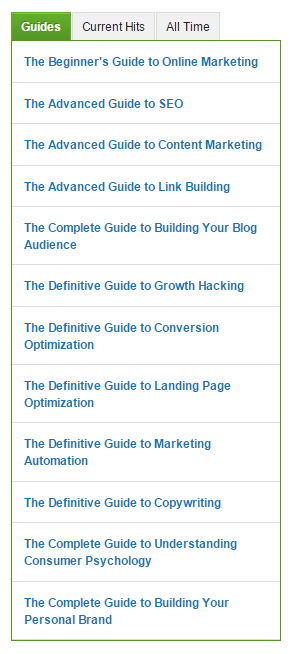
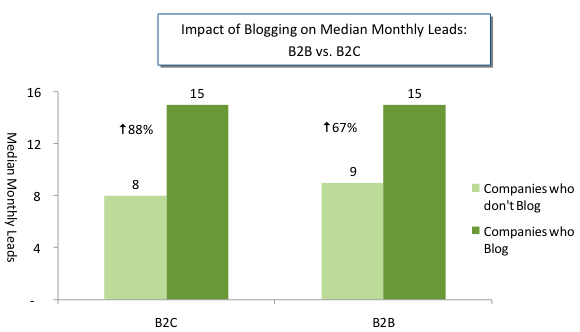
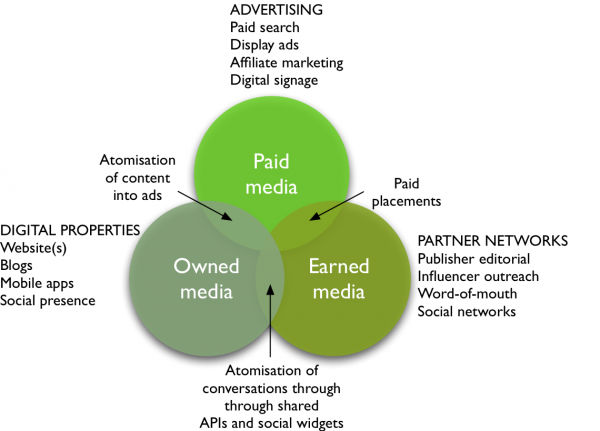
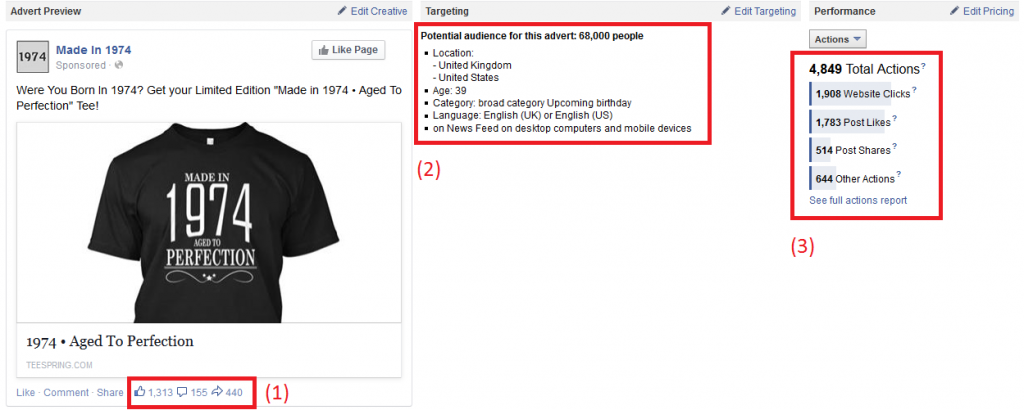
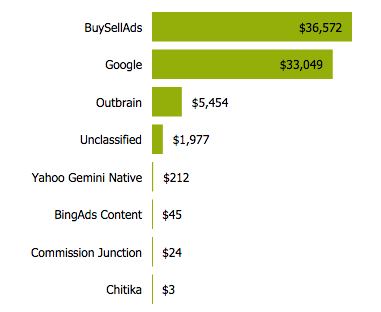
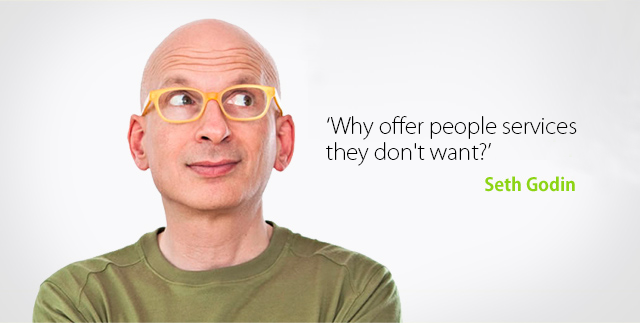

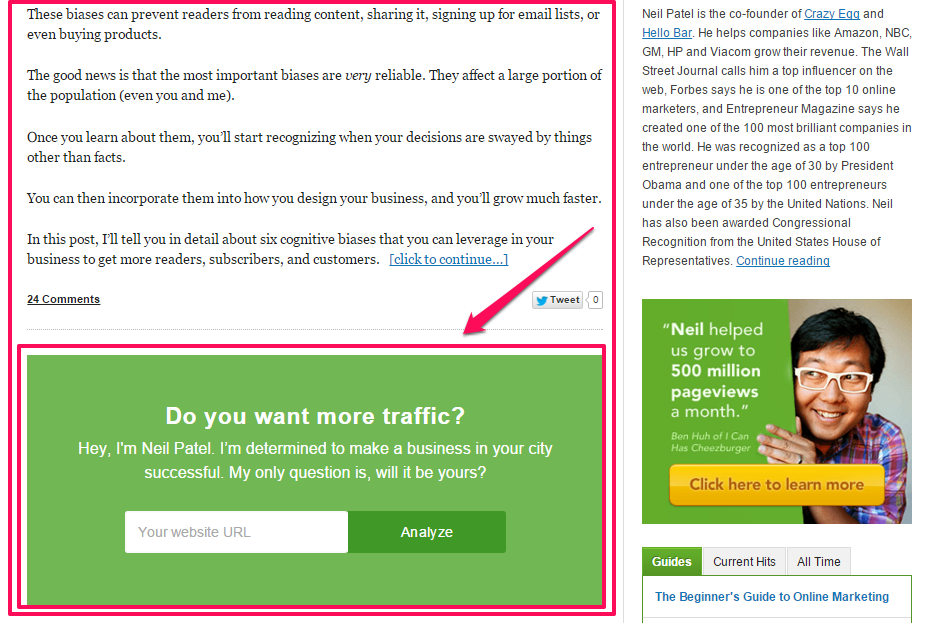

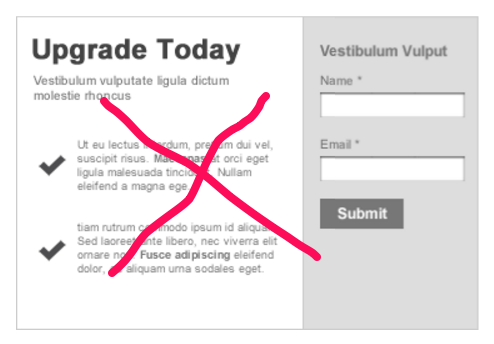
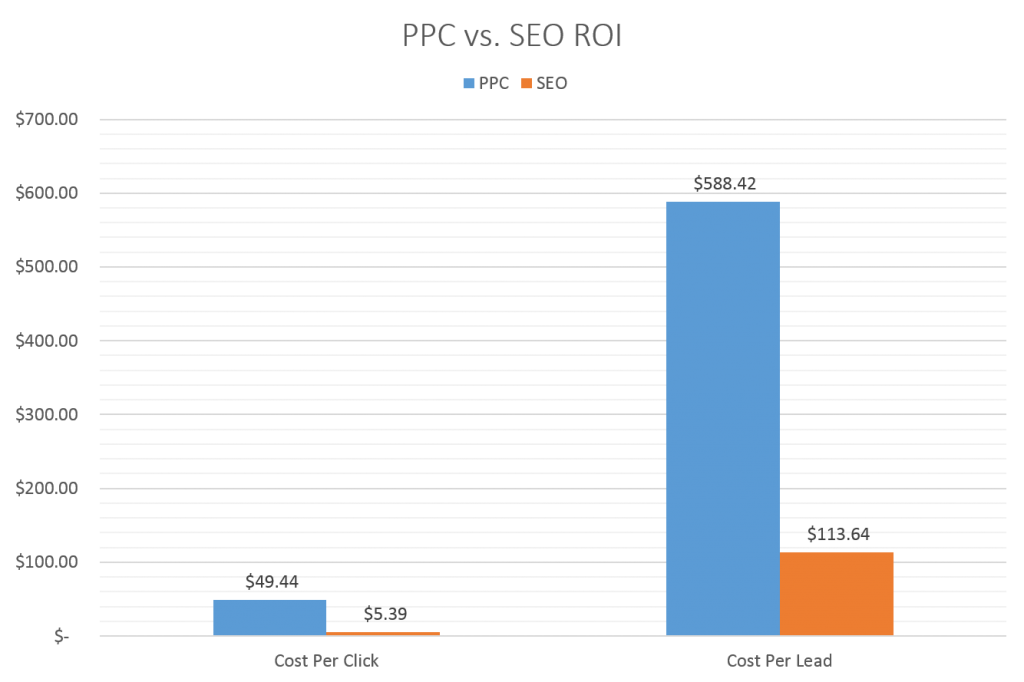
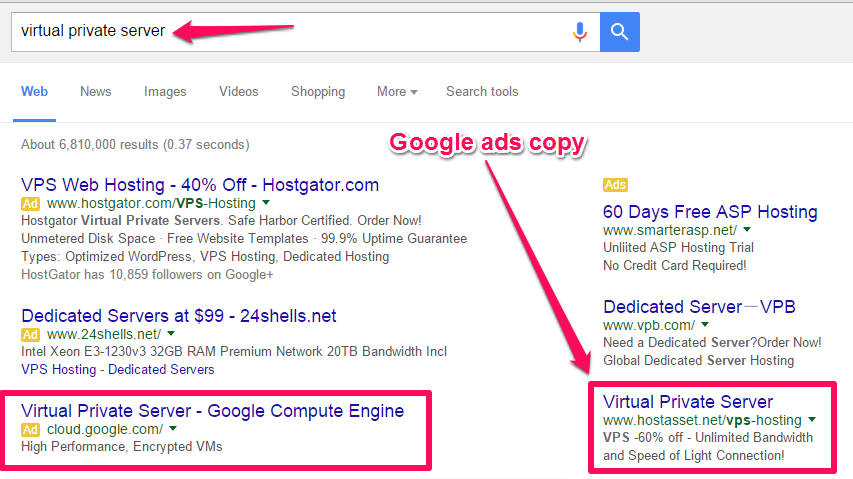

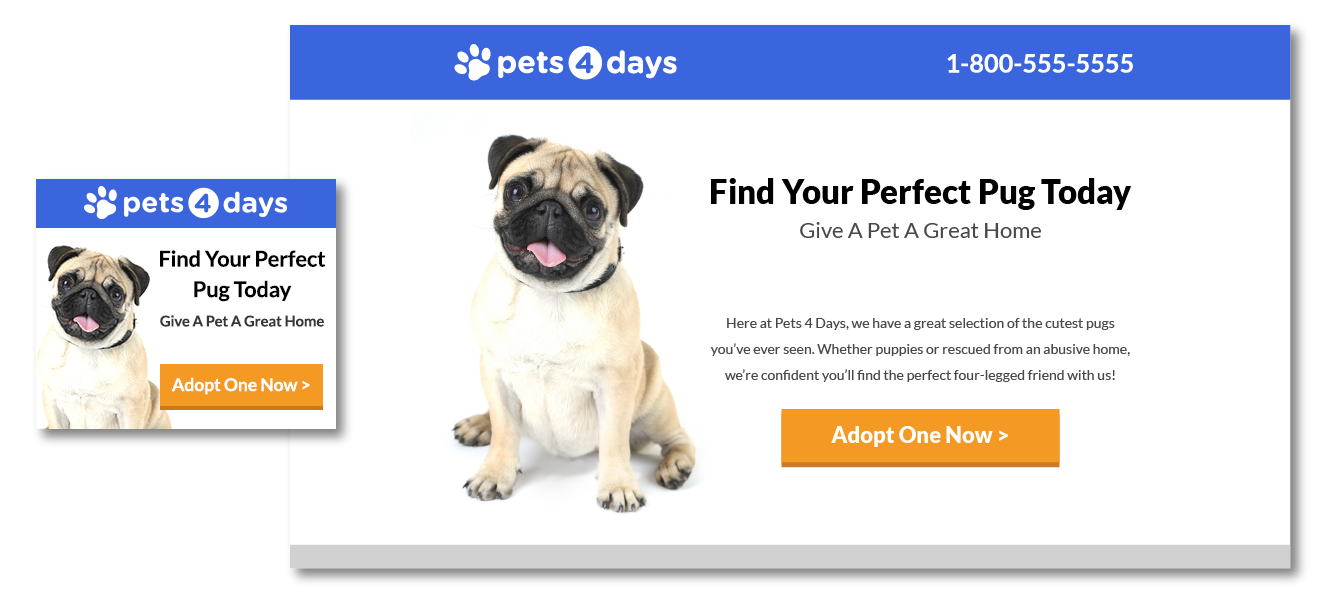

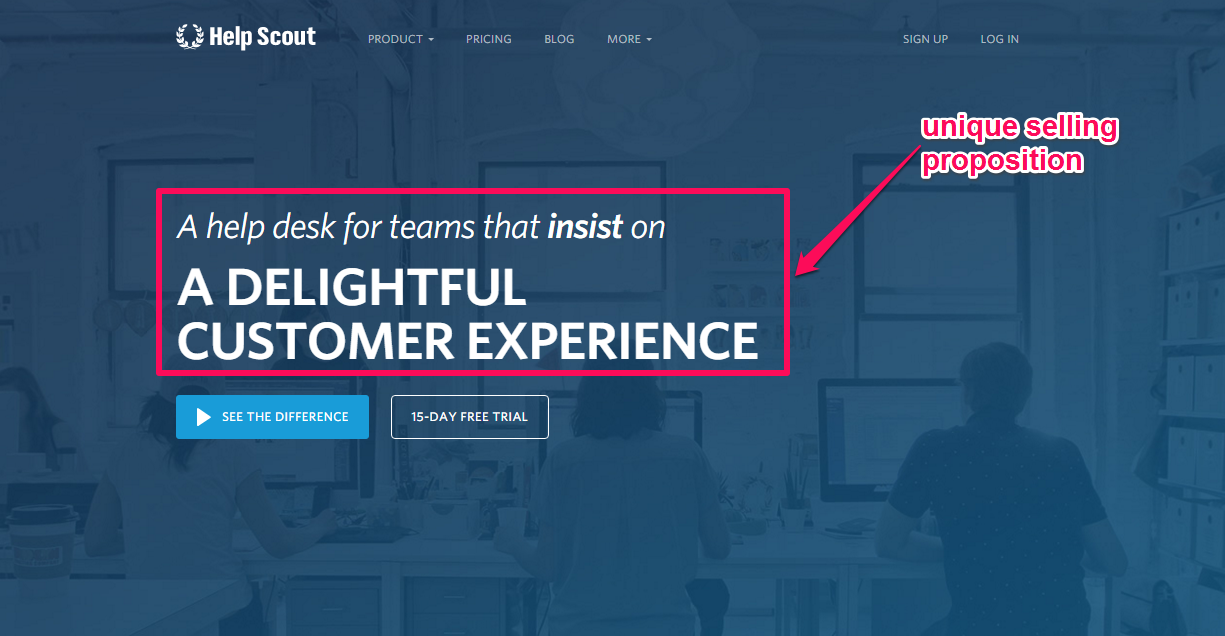
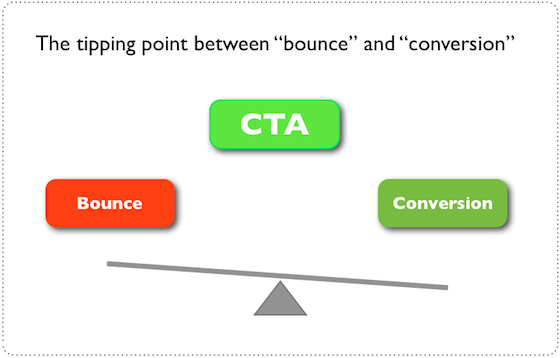
Comments (26)